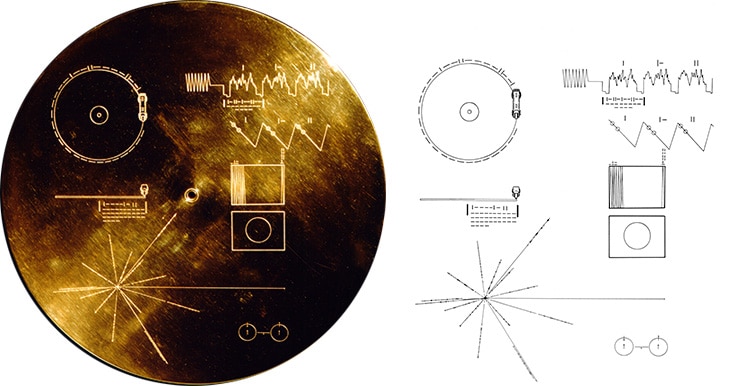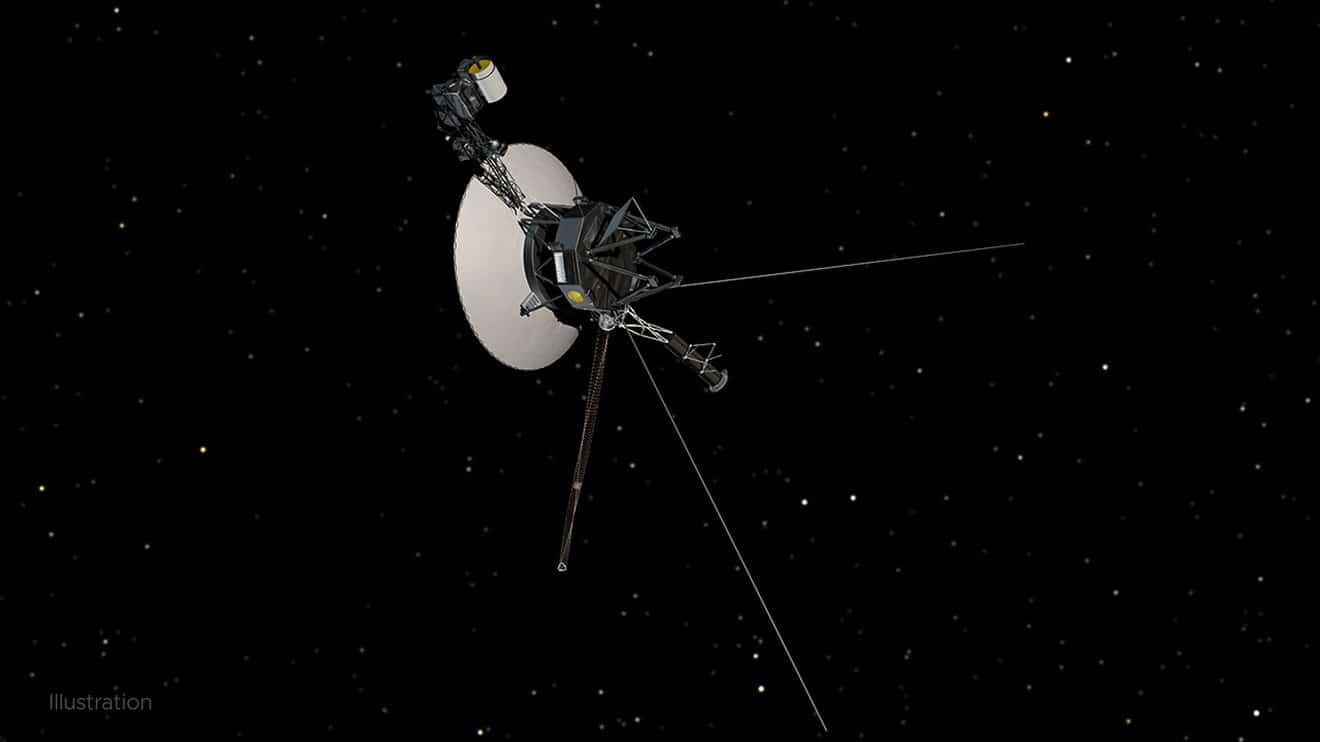According to the team at NASA, experts have come across an issue with the probe’s attitude articulation and control system (AACS). Essentially, this device controls the position of the Voyager 1 as well as pinning the antenna at Earth so we can still receive data.
They figured this out when the data from the AACS wasn’t reflecting “what’s actually happening onboard”.
“All signs suggest the AACS is still working, but the telemetry data it’s returning is invalid. For instance, the data may appear to be randomly generated, or does not reflect any possible state the AACS could be in,” NASA said in a statement.
With this fault, the satellite has been put into “safe mode”, meaning that only essential operations are being carried out while engineers try to figure out the underlying issue. They’ve said it’s not known how long it will take to fix but that Voyager 1 will be monitored closely, however it’s something they expected this far into the journey.
“A mystery like this is sort of par for the course at this stage of the Voyager mission,” said Suzanne Dodd, project manager for Voyager 1 and 2 at NASA.
“The spacecraft are both almost 45 years old, which is far beyond what the mission planners anticipated. We’re also in interstellar space – a high-radiation environment that no spacecraft have flown in before. So, there are some big challenges for the engineering team.”

They were launched in 1977 and have helped scientists to gain a better understanding of the heliosphere.






